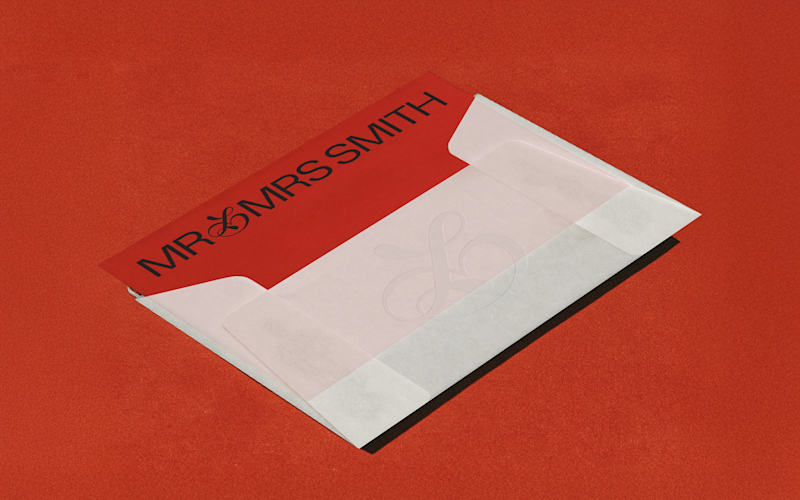Florence , Italy
Il Salviatino
Smith Extra
A €50 voucher for food and drink or the spa, and homemade pastries in your room on arrivalSmith Extra
A €50 voucher for food and drink or the spa, and homemade pastries in your room on arrival
Price per night from (includes taxes and fees)$695.49




